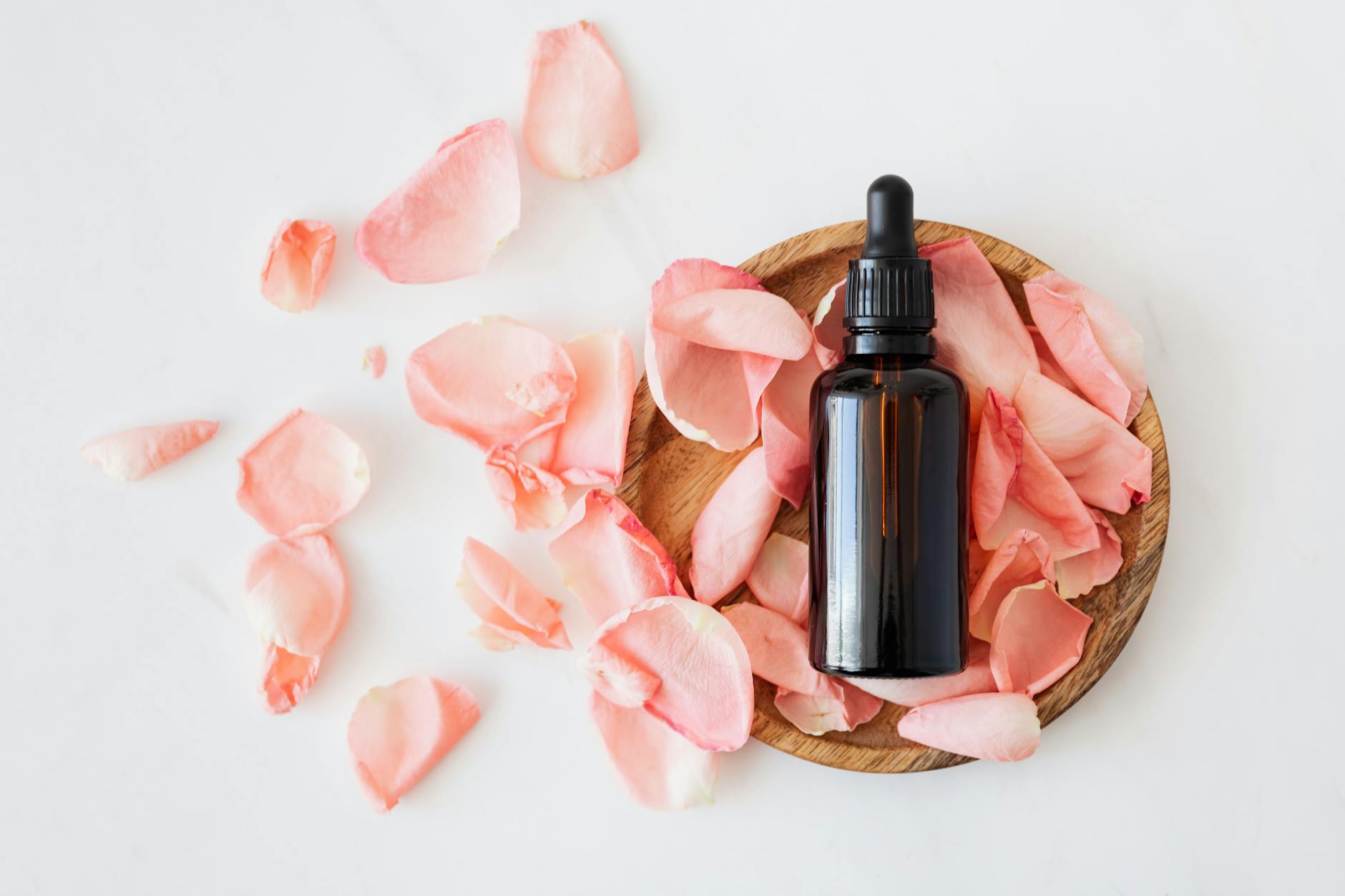
Handmade Soap Secrets: Blending Fragrance Oils with Expertise
|
Time to read 4 min
|
Time to read 4 min
The art of blending fragrance oils for handmade soaps is a crucial aspect of soap making. The right combination of scents can elevate your soaps from ordinary to extraordinary. Crafting a unique and appealing fragrance requires a good understanding of different scent notes and how they interact. In this blog post, we will explore the process of creating captivating scent blends for your handmade soaps, helping you to create products that stand out in a crowded market.
Fragrance oils are essential components in the art of handmade soap making. They come in various types, such as essential oils, fragrance oils, and absolute oils. Essential oils are derived from natural sources like flowers, leaves, and roots. Fragrance oils are synthetic or artificial oils created to mimic certain scents. Absolute oils are highly concentrated aromatic oils extracted from plants.
Creating captivating scent combinations is the heart of blending fragrance oils for handmade soaps. A skillful blend can evoke different emotions and appeal to a wide audience. Consider combining floral scents like rose and jasmine for a romantic blend, or citrus scents like orange and lemon for a refreshing aroma. Additionally, blending warm scents like vanilla and cinnamon can create a cozy and comforting fragrance. Experimenting with different combinations can lead to unique and appealing scent profiles that set your handmade soaps apart.

When blending fragrance oils for handmade soaps, understanding scent strength and notes is crucial. Scent strength refers to the intensity of the fragrance, while notes are the different layers of scent that are discernible. Some fragrance oils have top, middle, and base notes, and understanding how these layers interact is essential for creating a well-balanced blend. Consider which notes you want to be most prominent and how they will complement each other. For instance, combining floral top notes with earthy base notes can create a harmonious blend that appeals to a wide audience.
Layering and mixing fragrance oils involve the strategic application of different scents to create a complex and captivating final aroma. One approach is to layer scents by applying them in a specific order to allow each one to shine through distinctly. Another method is to thoroughly mix the fragrance oils to create a new, unified scent. Experiment with different combinations, keeping in mind how the scents will evolve over time. By layering and mixing with intention, you can craft soaps with multi-dimensional fragrances that linger enticingly on the skin.

When creating handmade soaps using fragrance oils, it's crucial to prioritize safety considerations. This includes understanding the potential for skin sensitivities and adhering to regulatory guidelines.
Fragrance oils can contain allergens that may cause skin sensitivities or irritation. It's important to be mindful of the concentration of fragrance oils used in soap making, as well as the specific allergens they contain. Patch testing new fragrance oils on a small area of skin can help identify any potential sensitivities before incorporating them into a larger batch of soap.
Regulatory guidelines for handmade soaps and cosmetic products vary by region. In the United States, the Food and Drug Administration (FDA) regulates the labeling and safety requirements for cosmetic products, including handmade soaps. It's essential to familiarize yourself with these guidelines and ensure compliance when formulating and labeling your handmade soaps. This includes accurately listing fragrance oils and their concentrations on product labels to inform consumers and adhere to regulatory standards.

Before finalizing your fragrance oil blend for handmade soaps, it's crucial to conduct thorough testing and make necessary adjustments. This phase ensures that your soap will have the desired scent and performance. Here are the key steps for testing and refining your blend.
Start by creating small test batches of soap with different variations of your fragrance oil blend. This allows you to observe how the scents interact with the soap base and how they evolve over time. Keep detailed records of each variation, including the precise measurements of fragrance oils used in each batch.
After assessing the initial test batches, take note of the strengths and weaknesses of each blend. Pay attention to scent intensity, how the fragrance holds up during and after use, and any potential discoloration or acceleration in the soap. Based on your observations, make adjustments to the blend by either adding or reducing specific fragrance oils. Remember to make small, incremental changes to gauge their impact accurately.

Continually refining your blend through testing ensures that the final product meets your standards for scent and performance, resulting in high-quality handmade soaps that delight your customers.
Crafting handmade soaps with custom-blended fragrance oils elevates the art of soap making. By strategically combining different scents, soap makers can create unique and appealing products that stand out in a crowded market. Understanding the properties of various fragrance oils and how they interact with each other is essential for achieving the desired scent profile. With the right techniques and a creative approach, soap makers can master the art of blending fragrance oils to produce high-quality, delightful soaps that captivate customers and leave a lasting impression.